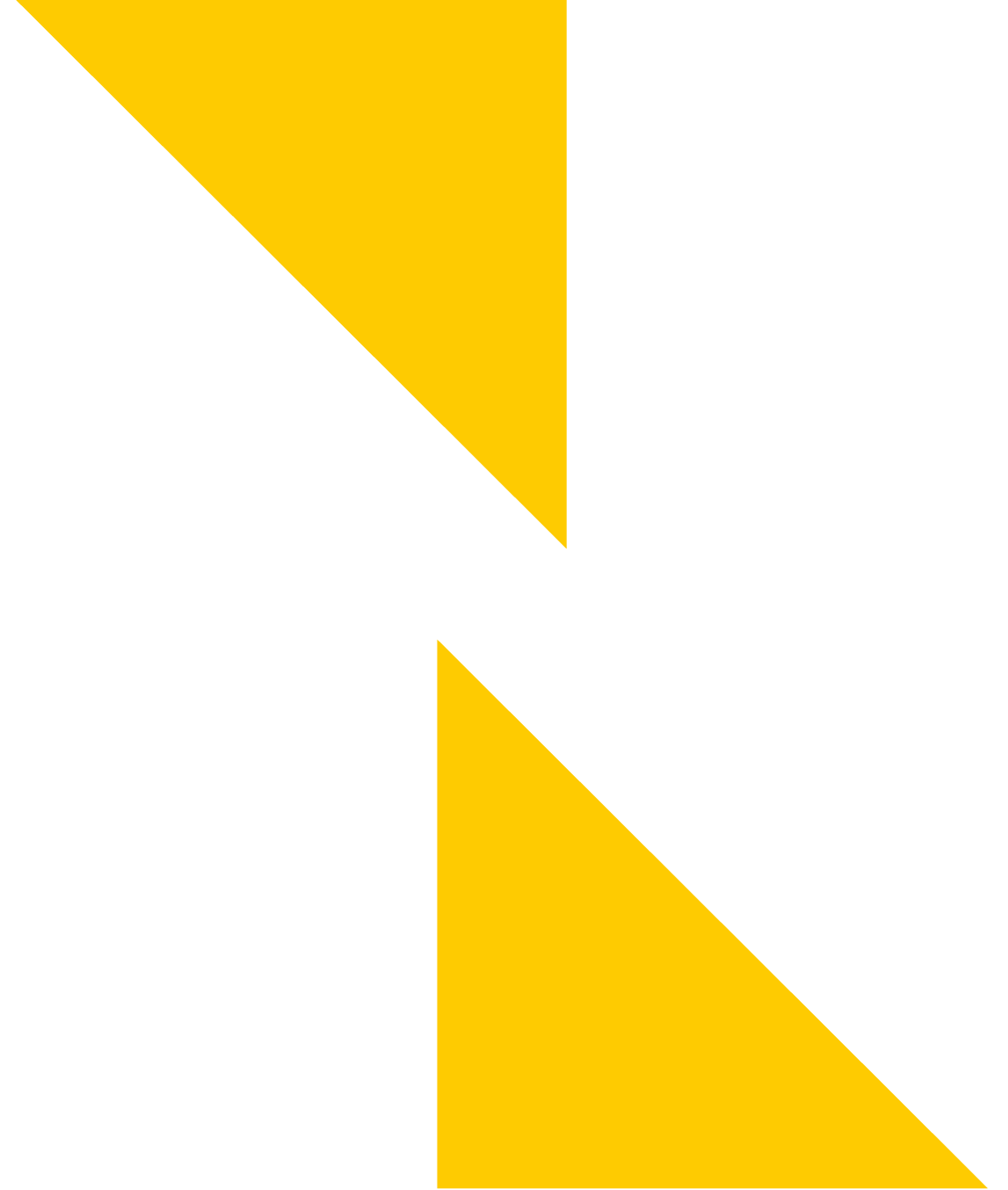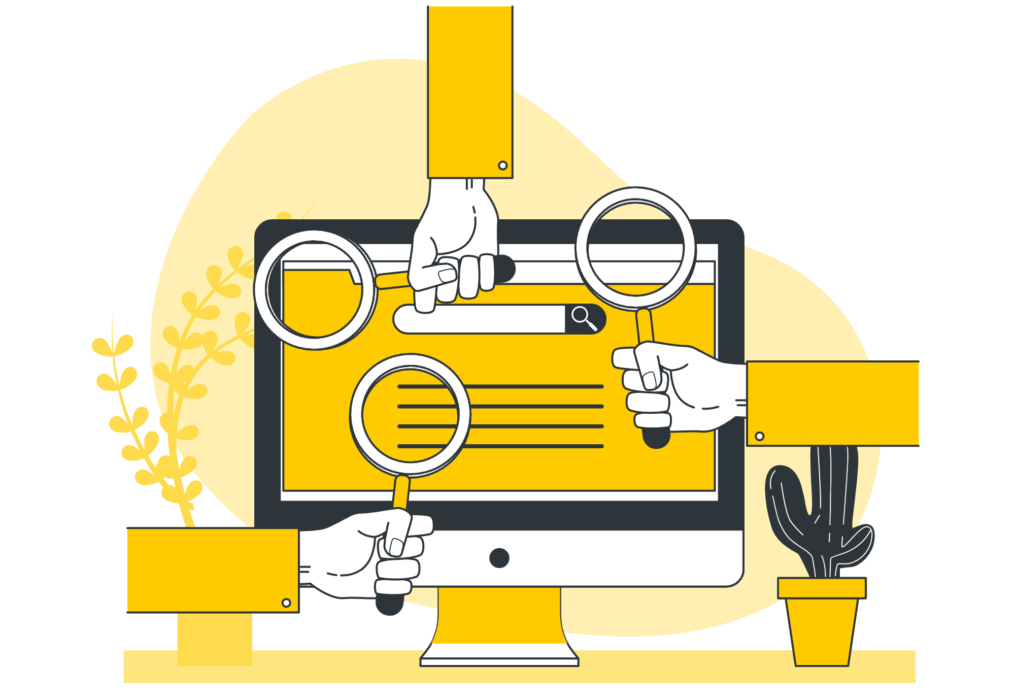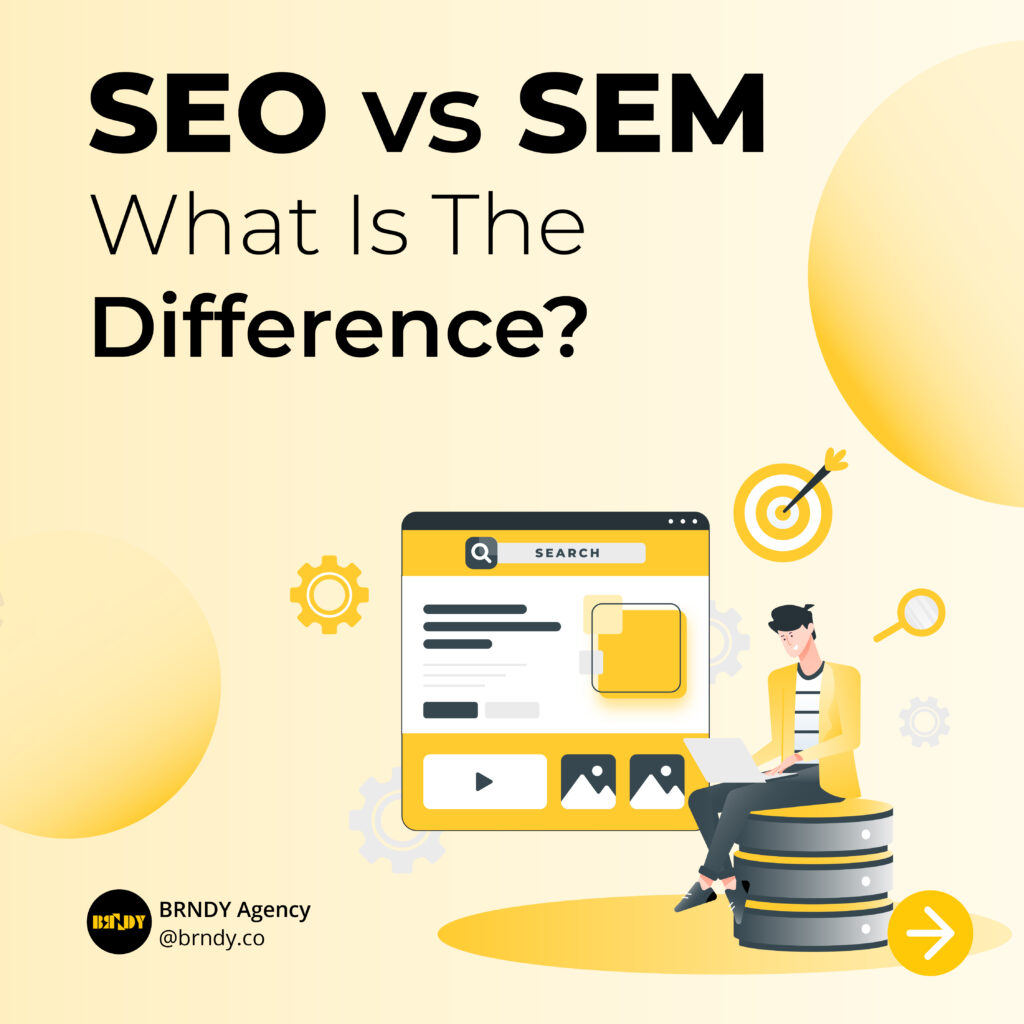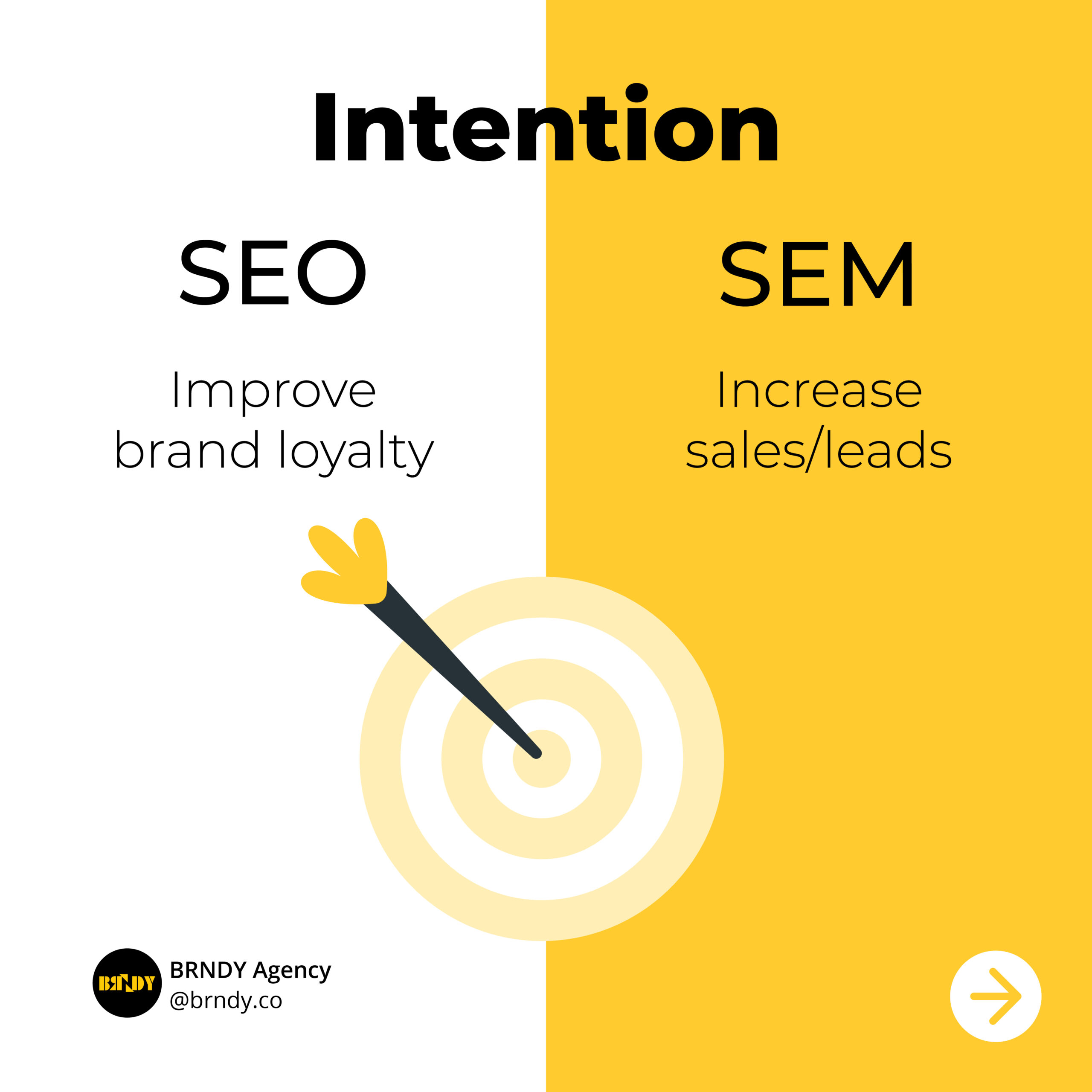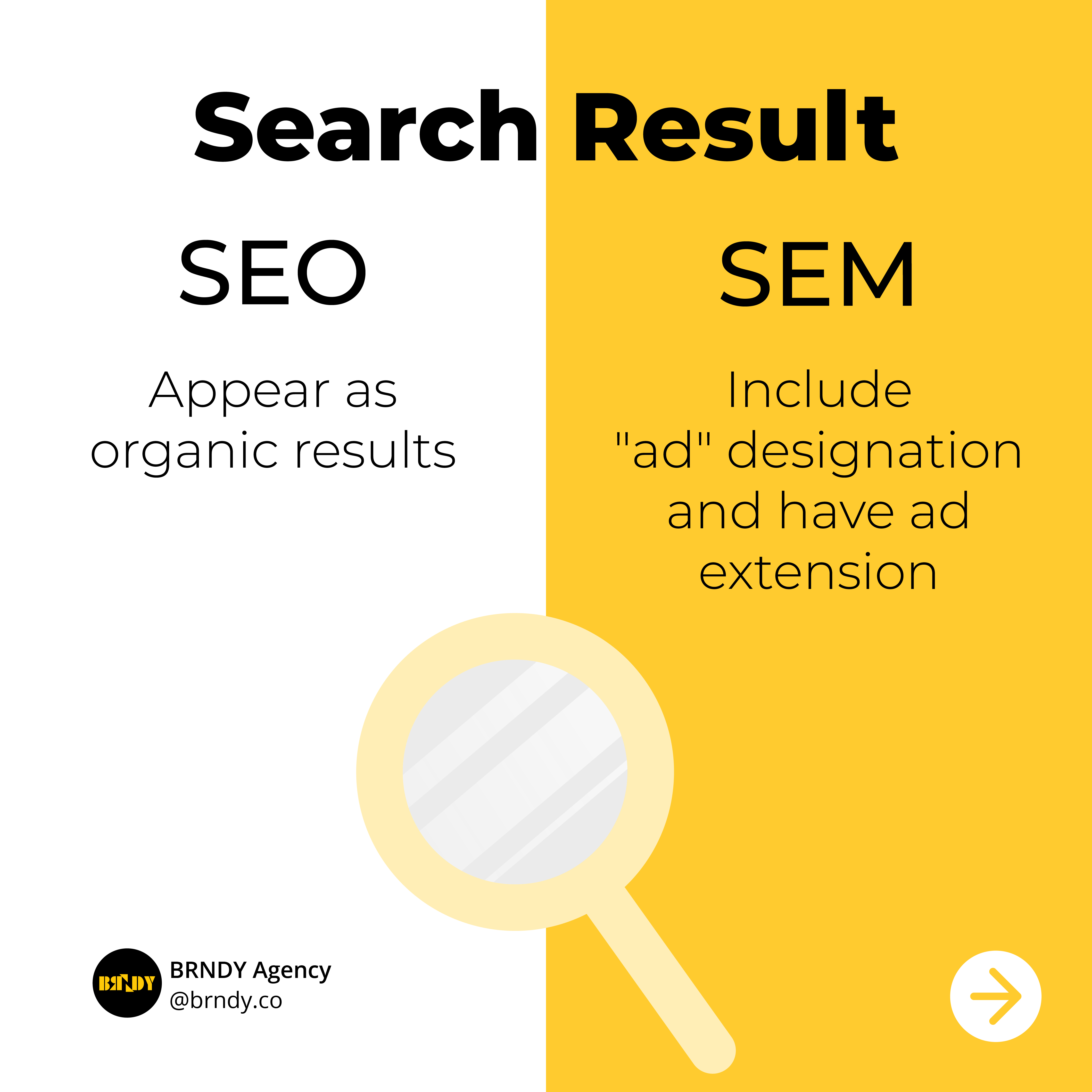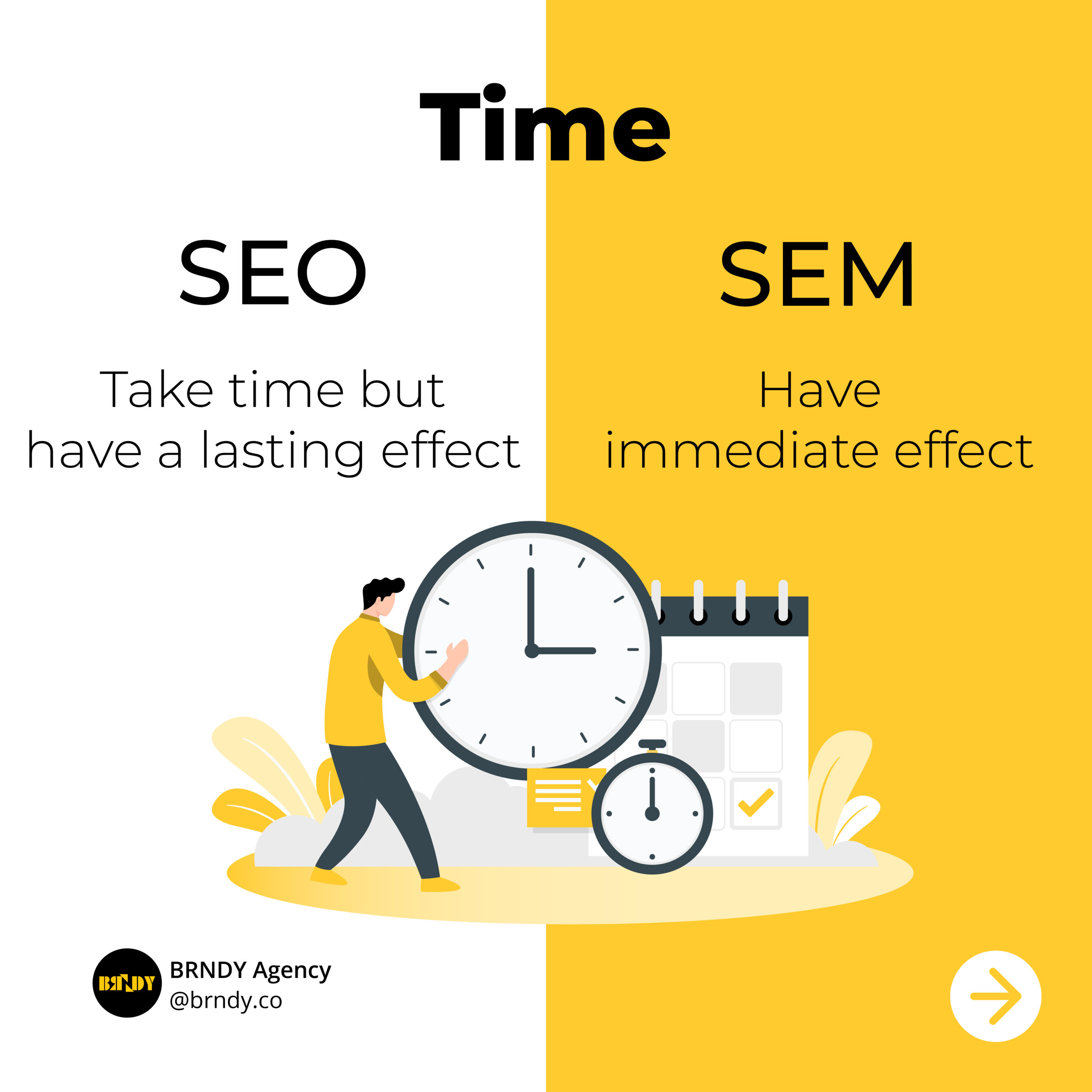SEO & SEM – Do You Understand Them Correctly?
Along with the rapid change of the digital marketing industry, various marketing terms come in useful for different purposes. Hence confusion for marketers to maximize marketing outcomes.
Two of those are SEO and SEM, which aren’t usually defined correctly, or even displayed with no connection. They, however, have a close connection that can bring great results to your website.
What is SEO or SEM to be exact?
SEO (Search Engine Optimization) is the process of optimizing visit traffic of a website to make sure that website will be displayed on the top of a search platform (Google, Bing, DuckDuckGo, Baidu).
SEM (Search Engine Marketing) does the same job as it has already included SEO, but it consists of more complex features. While you take advantage of SEO for free, SEM uses paid features to gain much higher visit traffic for a specific period of time, such as PPC (Pay-per-click) and has an “Ad” designation.
Whether paid or not-paid, these two tools are very effective and bring great benefits to the online search engine of a company.
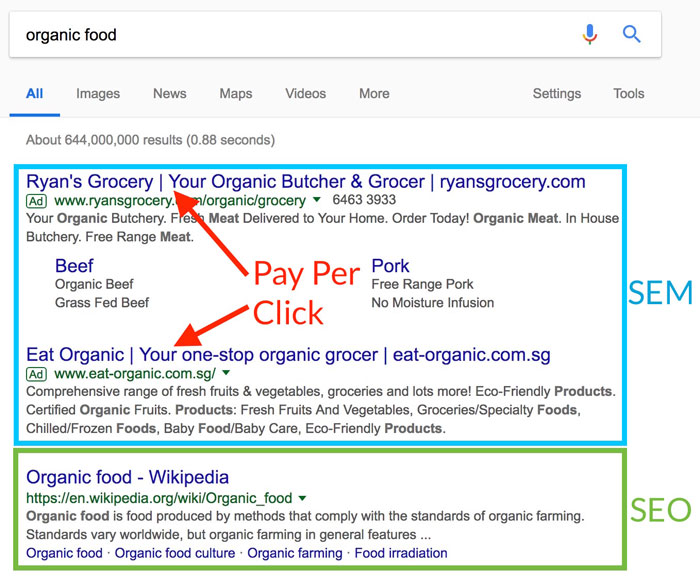
1. SEO
SEO is always to be renewed and caught up as Google updates its algorithm very often. Regardless of these changes, SEO is still based on On-page and Off-page activities.
Core tactics on On-page:
- Put SEO keywords to page title tag, meta description tag, heading tag, ALT image tag,…
- Optimize your blogs and related websites with selected keywords.
- Simplify or shorten the URL for better visuals.
- Have a fast page-loading speed.
- Attach website links to social media platforms.
Core tactics on Off-page:
- Generate qualified backlinks to attract visit traffic (very important to On-page SEO).
- Sharing your blogs or articles to social media platforms.
By applying these tactics, it’s best to create valuable content on websites, blogs to make visitors find interesting and useful. Following the SEO mechanic can increase the website traffic and most importantly, have more conversion. Take careful notice of your on-page and off-page to make sure your landing page, websites and blog can be easily found.
2. SEM
SEM can totally help to increase search display ability through paid ads like Google or cost-per-click ads.
The pay-per-click ads allow you to point directly at your target audience through ads and suitable keywords based on their search. It can be found on top of the result section while standing along with unpaid ones. By such favorable positions, your website, landing page and blog will receive wider visibility.
Beside Google Ads as the main searching stream to focus and optimize search engines, you can check other platforms such as Bing, Yahoo or DuckDuckGo. Yet, these platforms have the same SEM strategies before you start to invest:
- Identify specific audience for the campaign (geography, demographic,…)
- Create word variations based on SEO keywords.
- Have related ads using selective keywords.
- Measure ad expenses.
- Follow ads data such as number of clicks, views,..
To sum up, BRNDY Agency has compiled the following comparison tables:
Despite the differences between SEO and SEO, you can choose the strategy to meet your digital marketing target. If you are looking for high website traffic in an instant period, the Pay-per-click in SEM is the most utilized option. SEO can do the same thing, but it may take more time to be efficiently displayed in the top search results.
